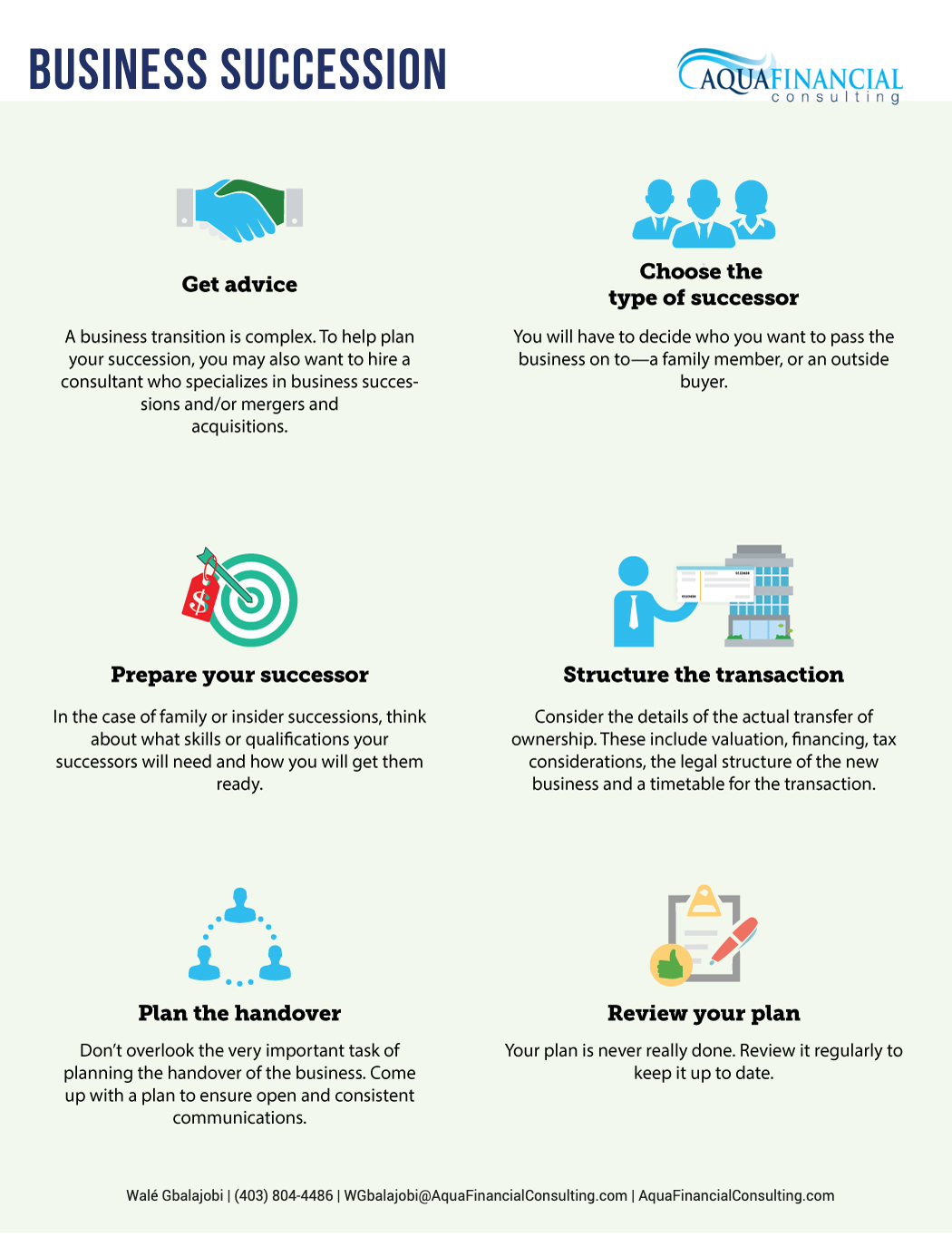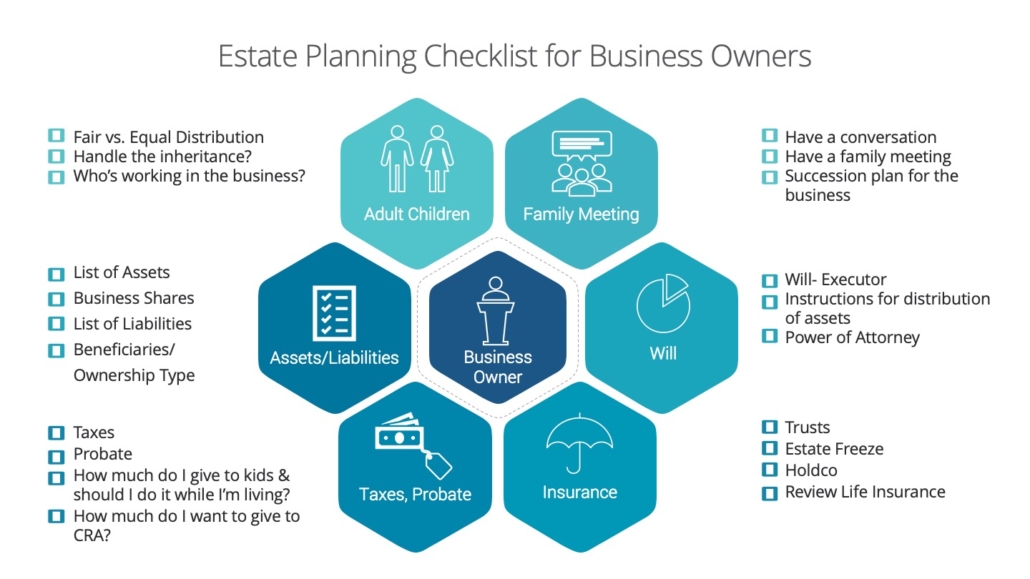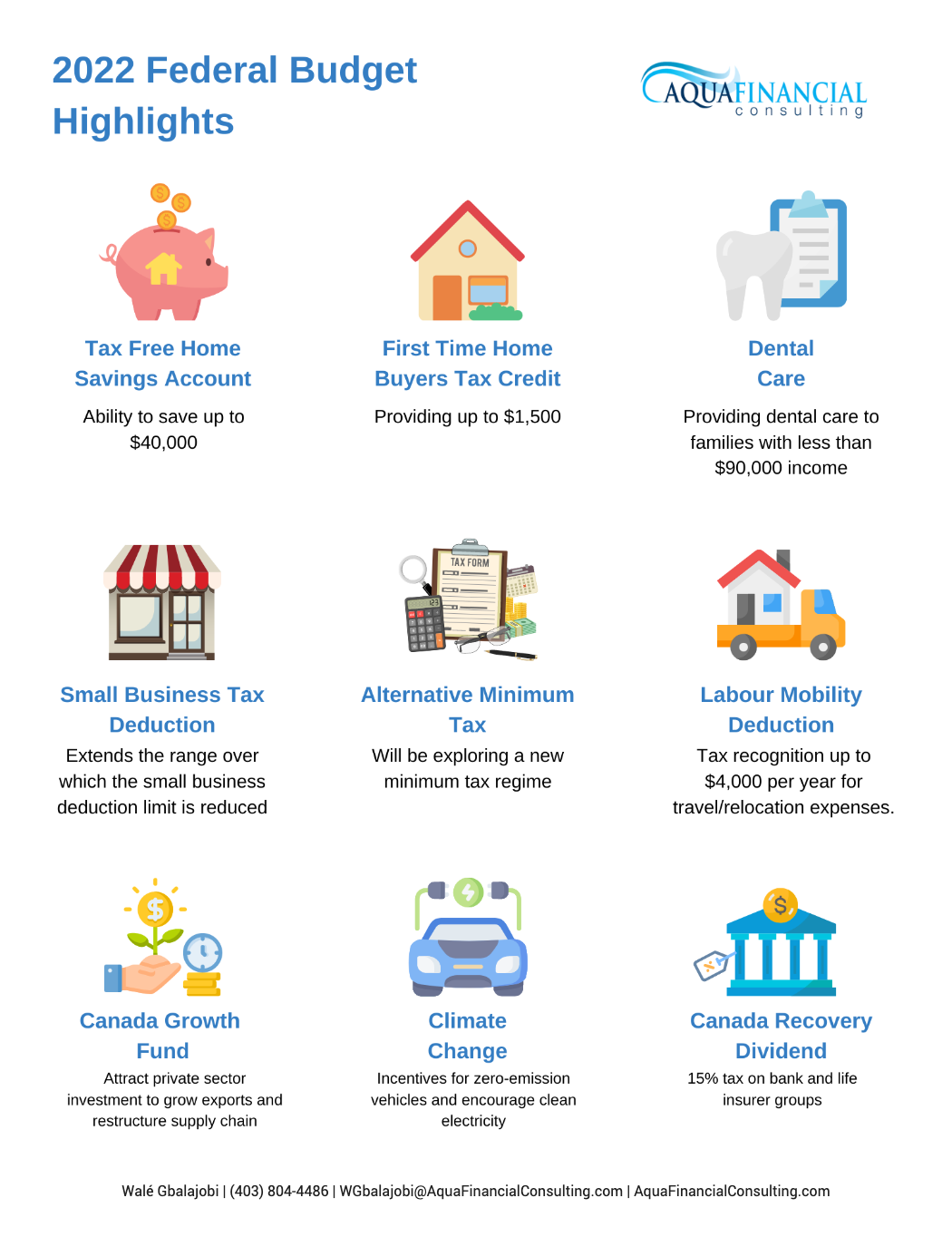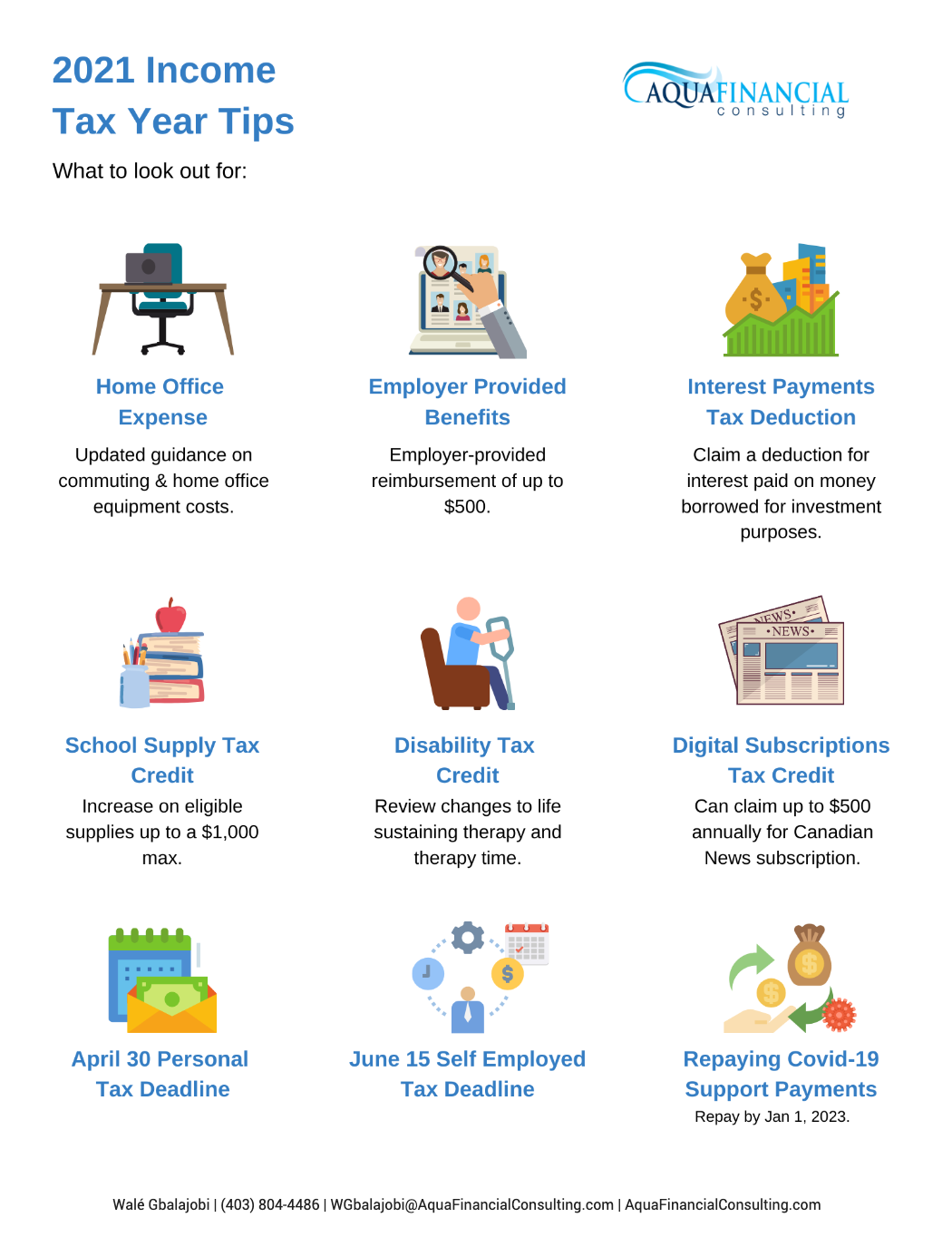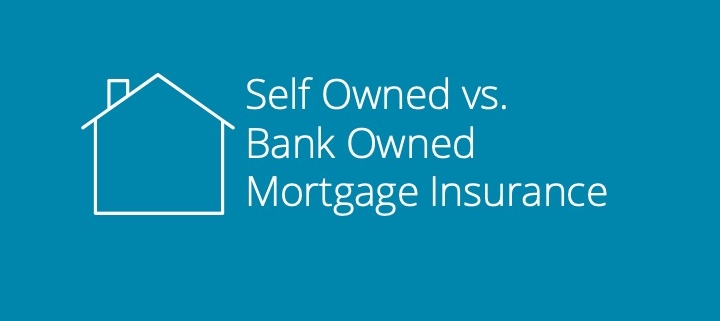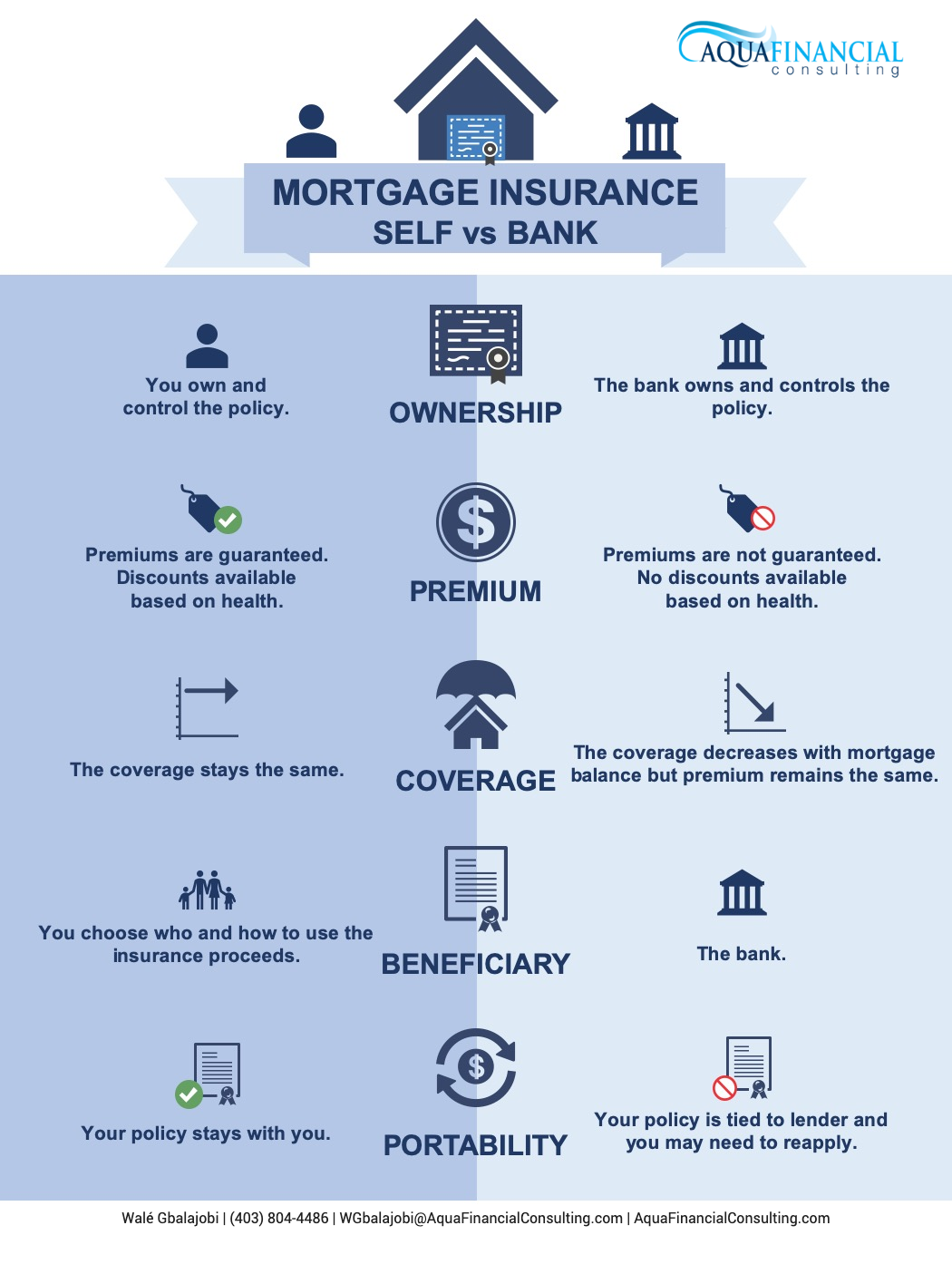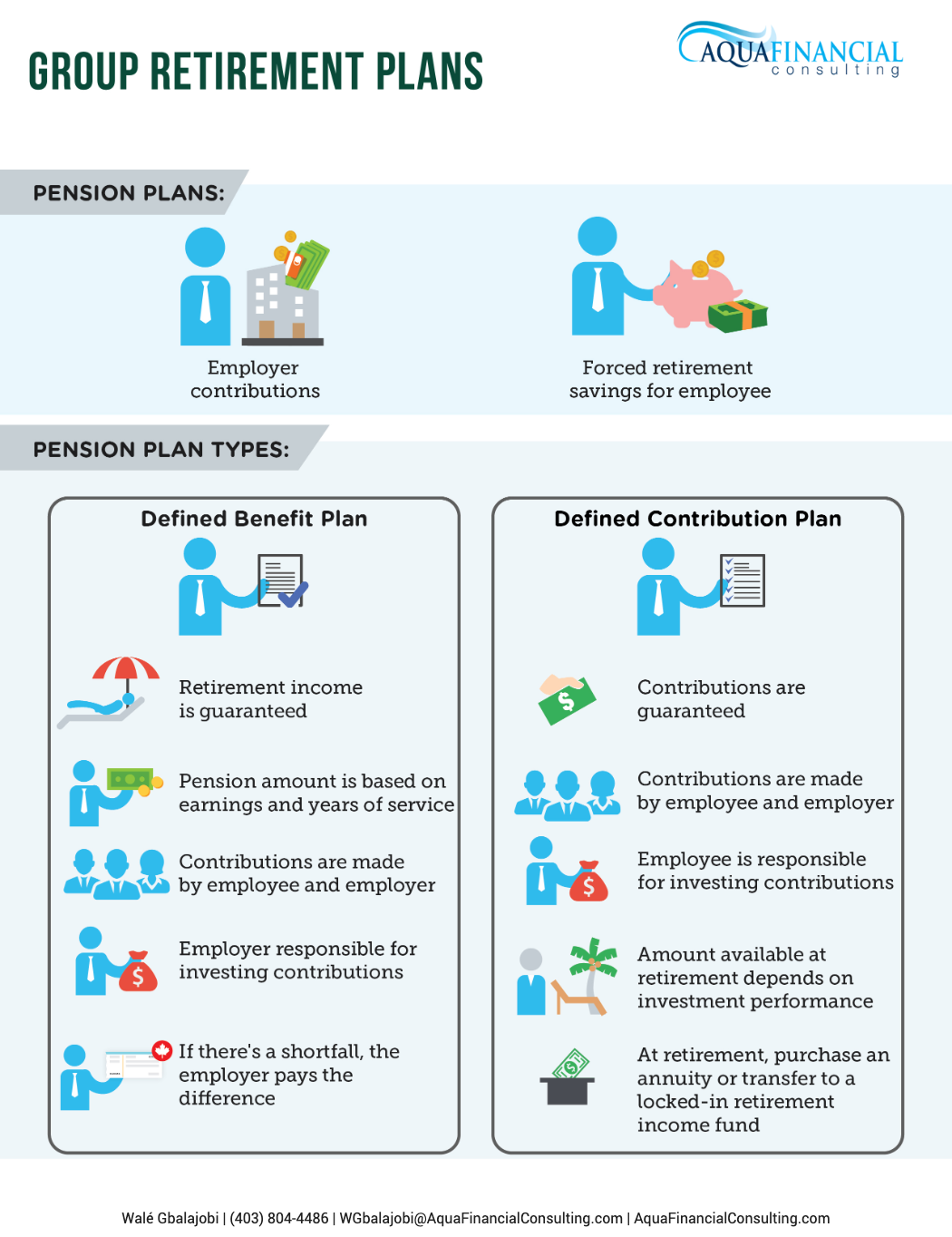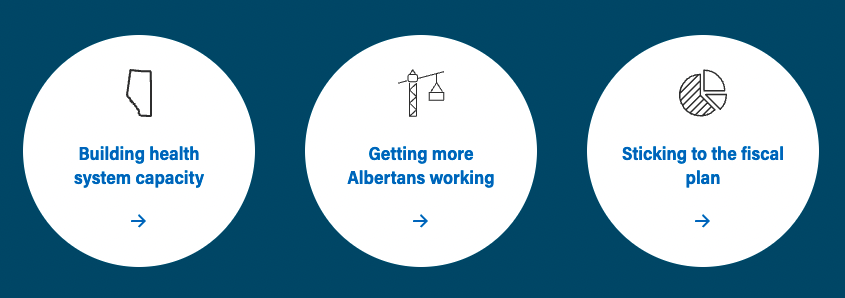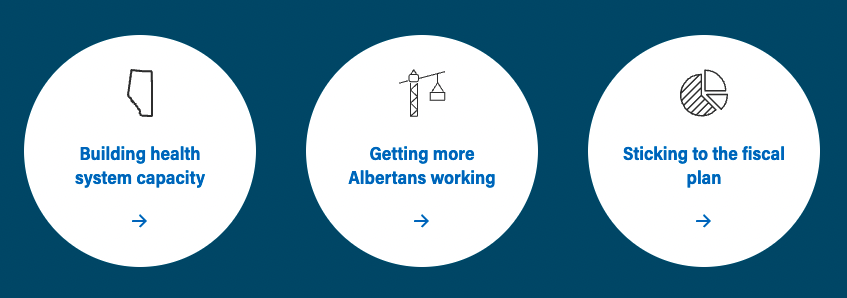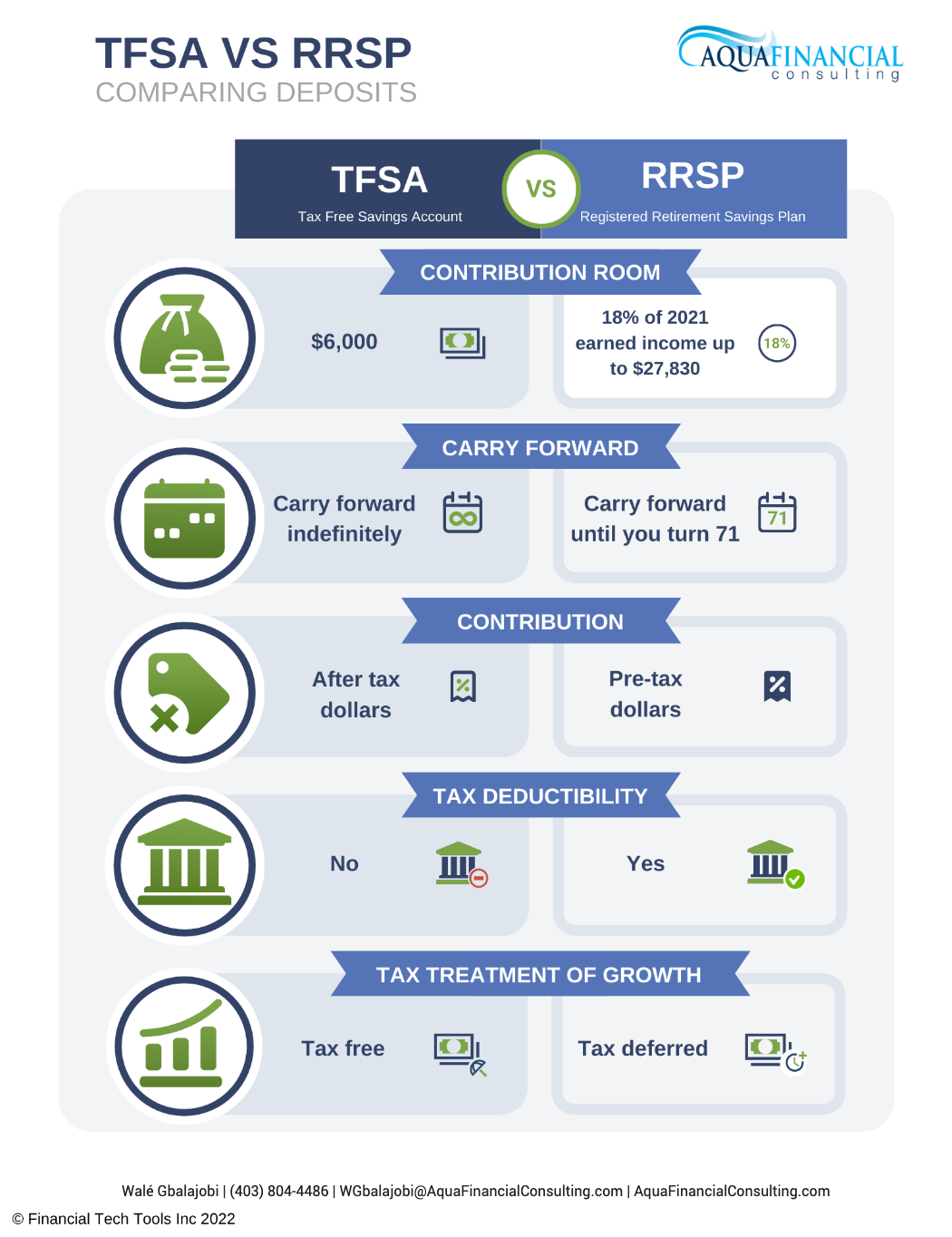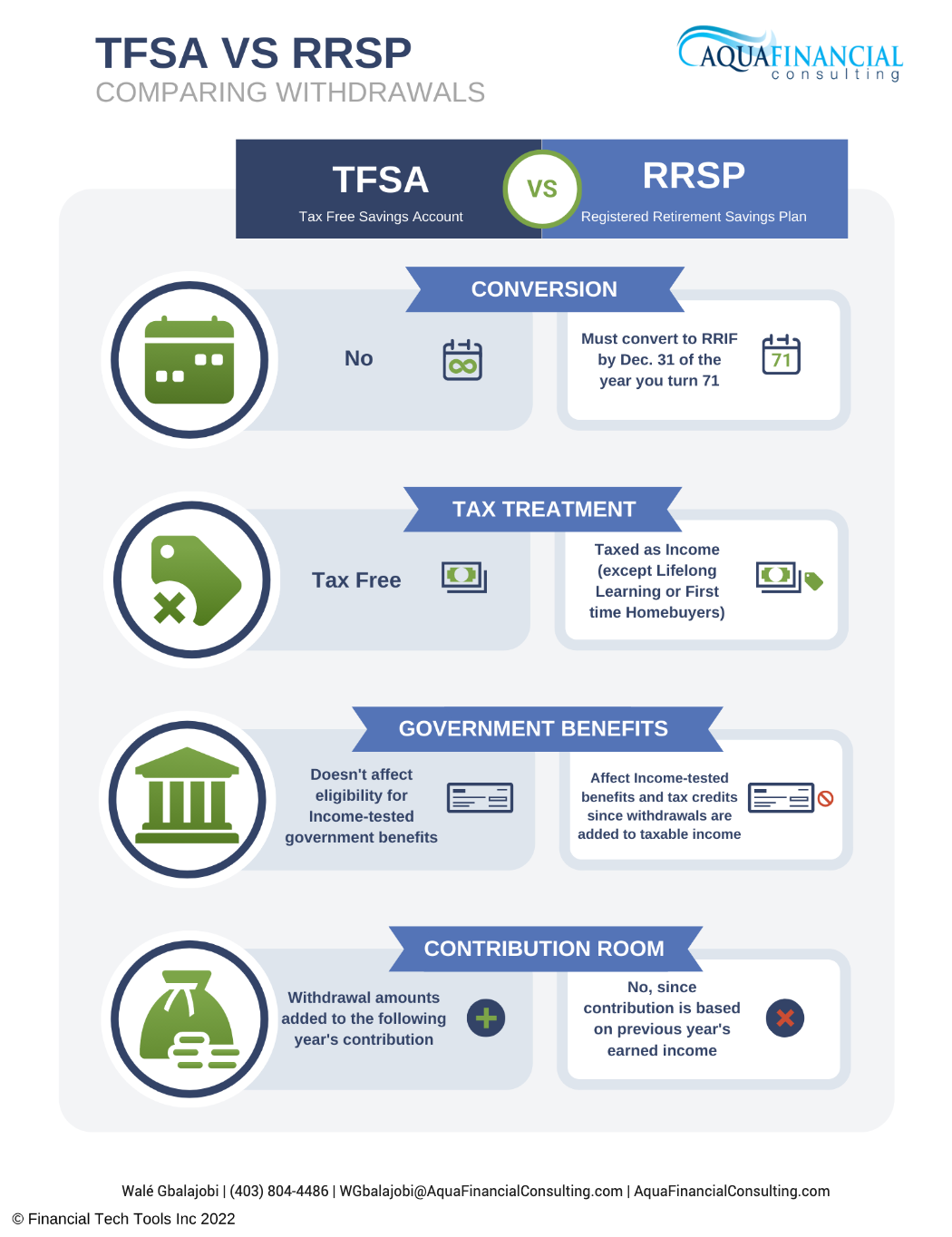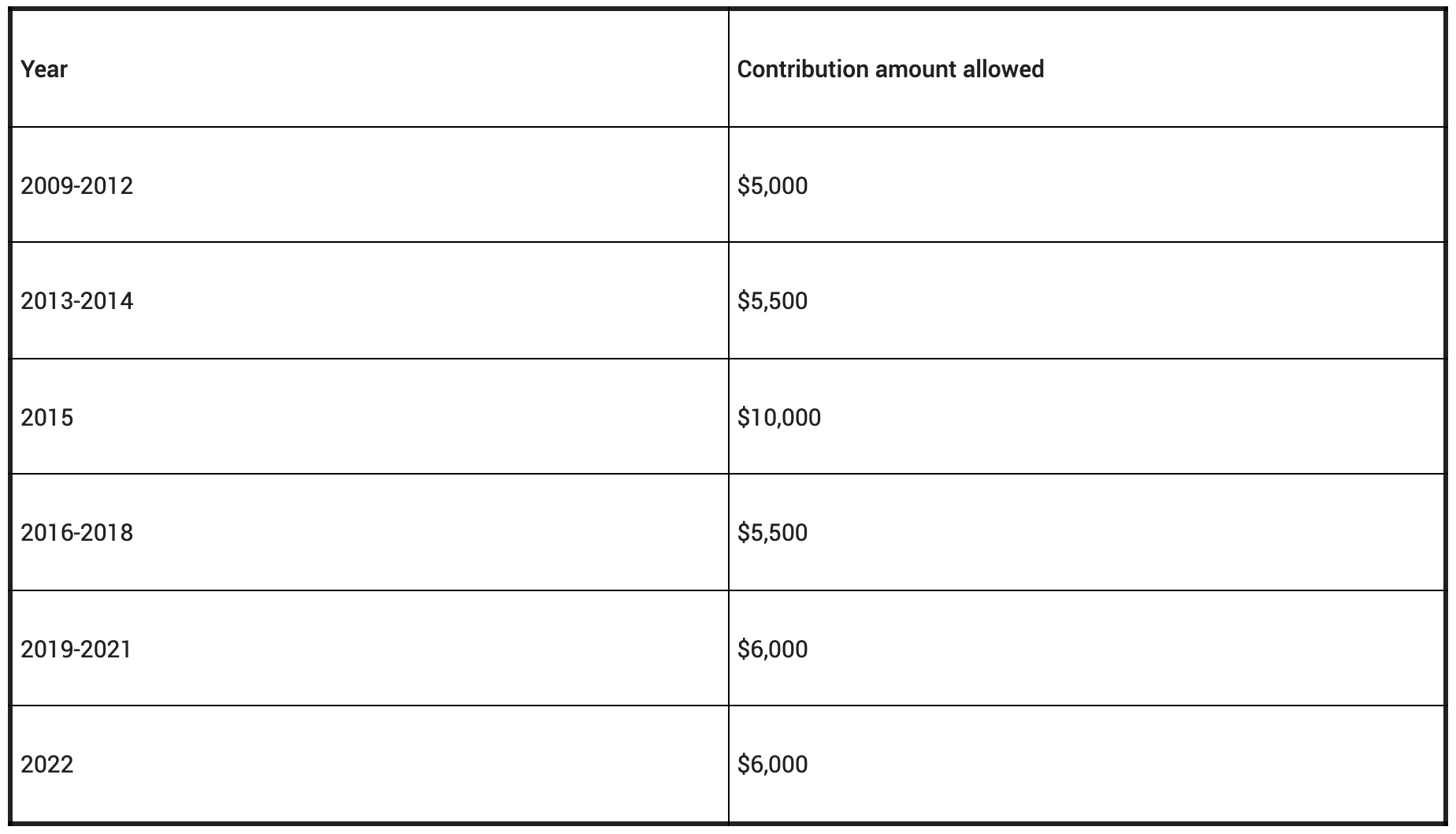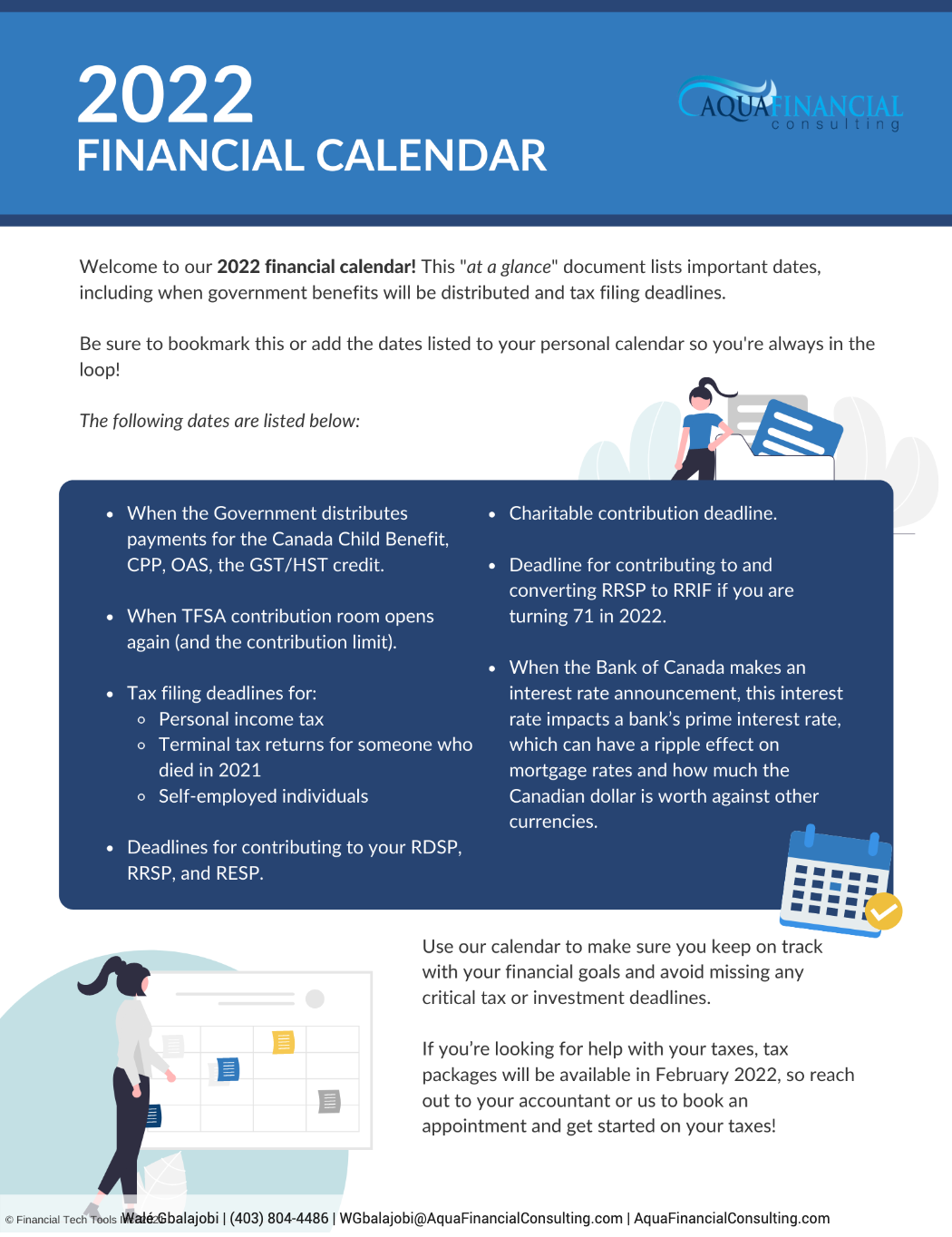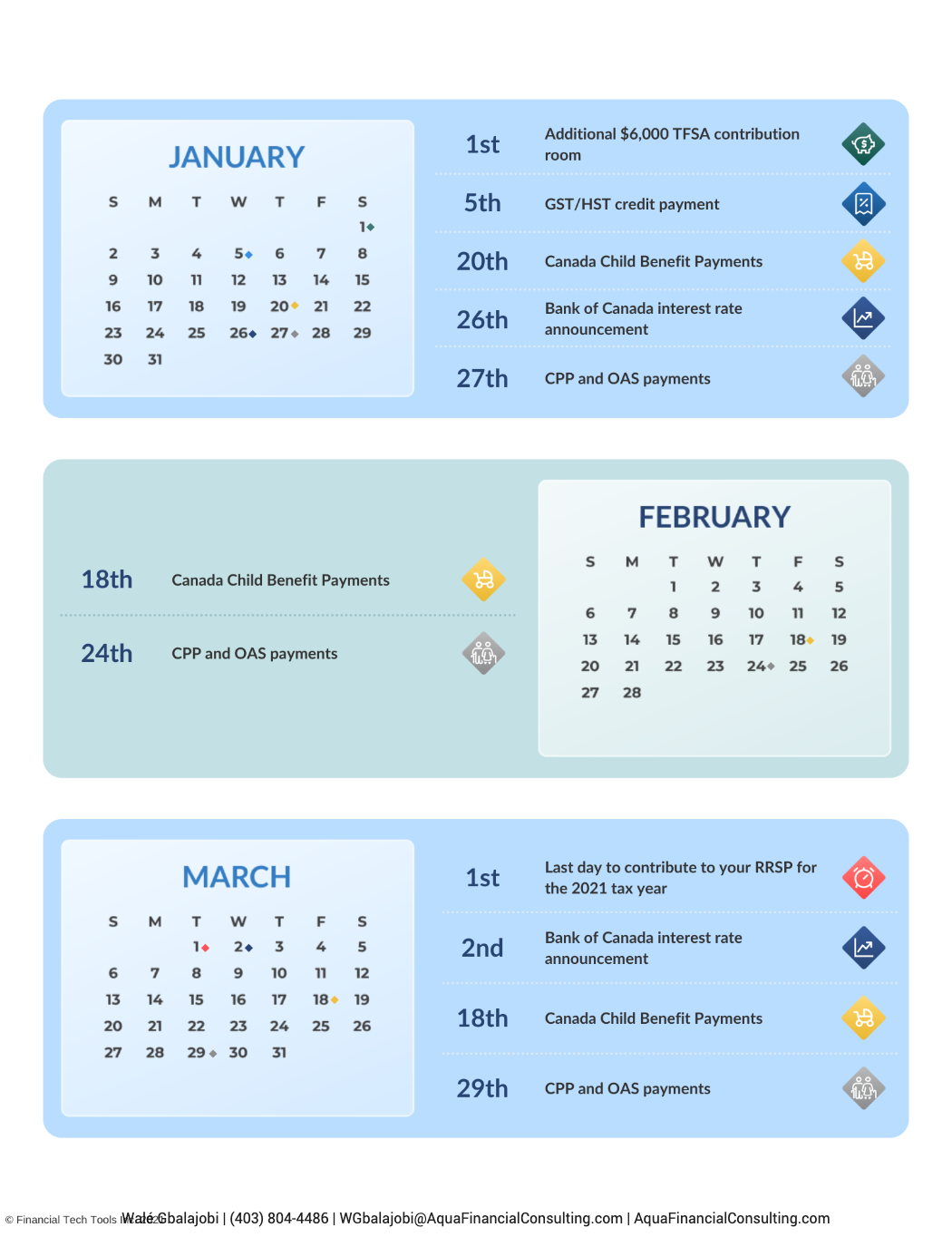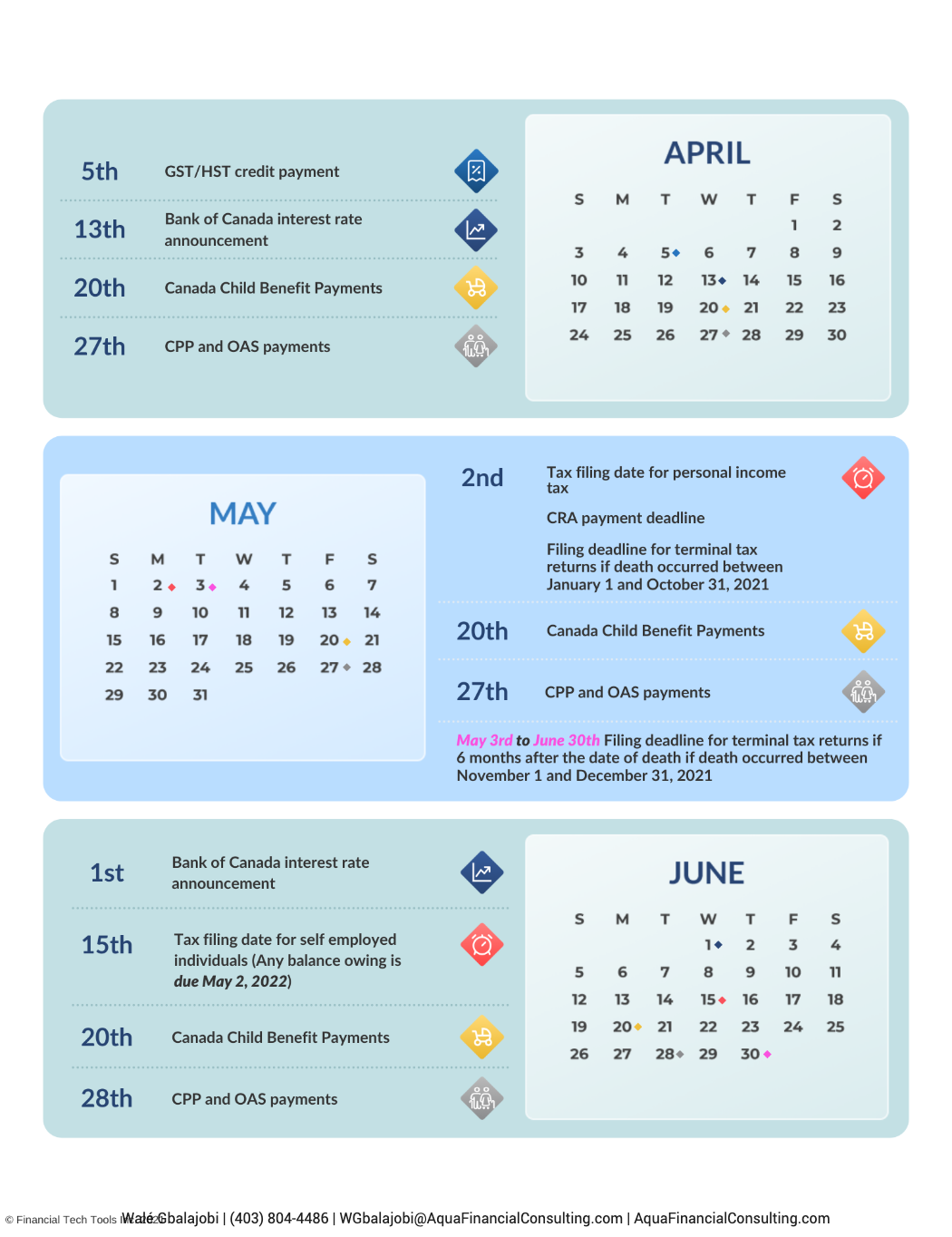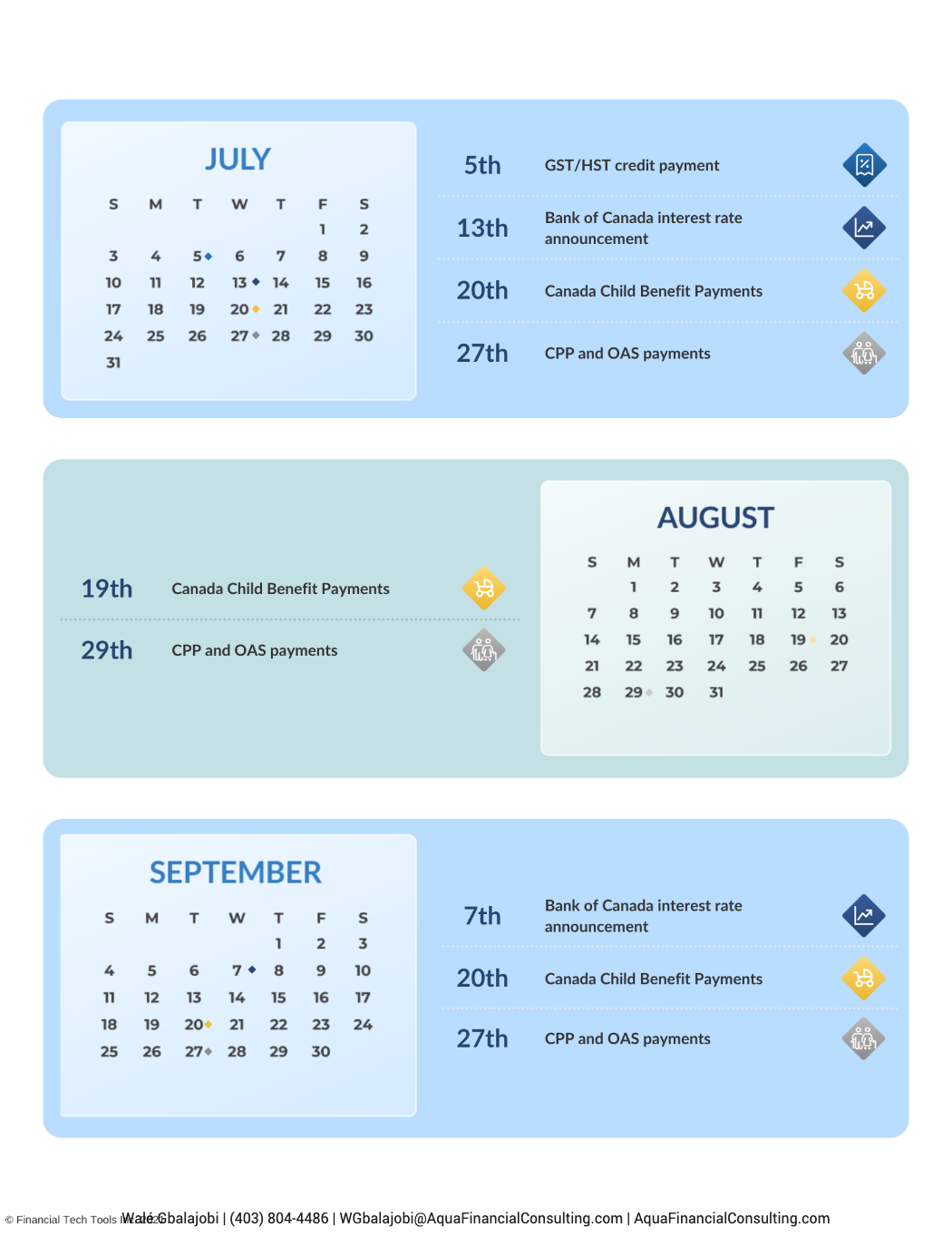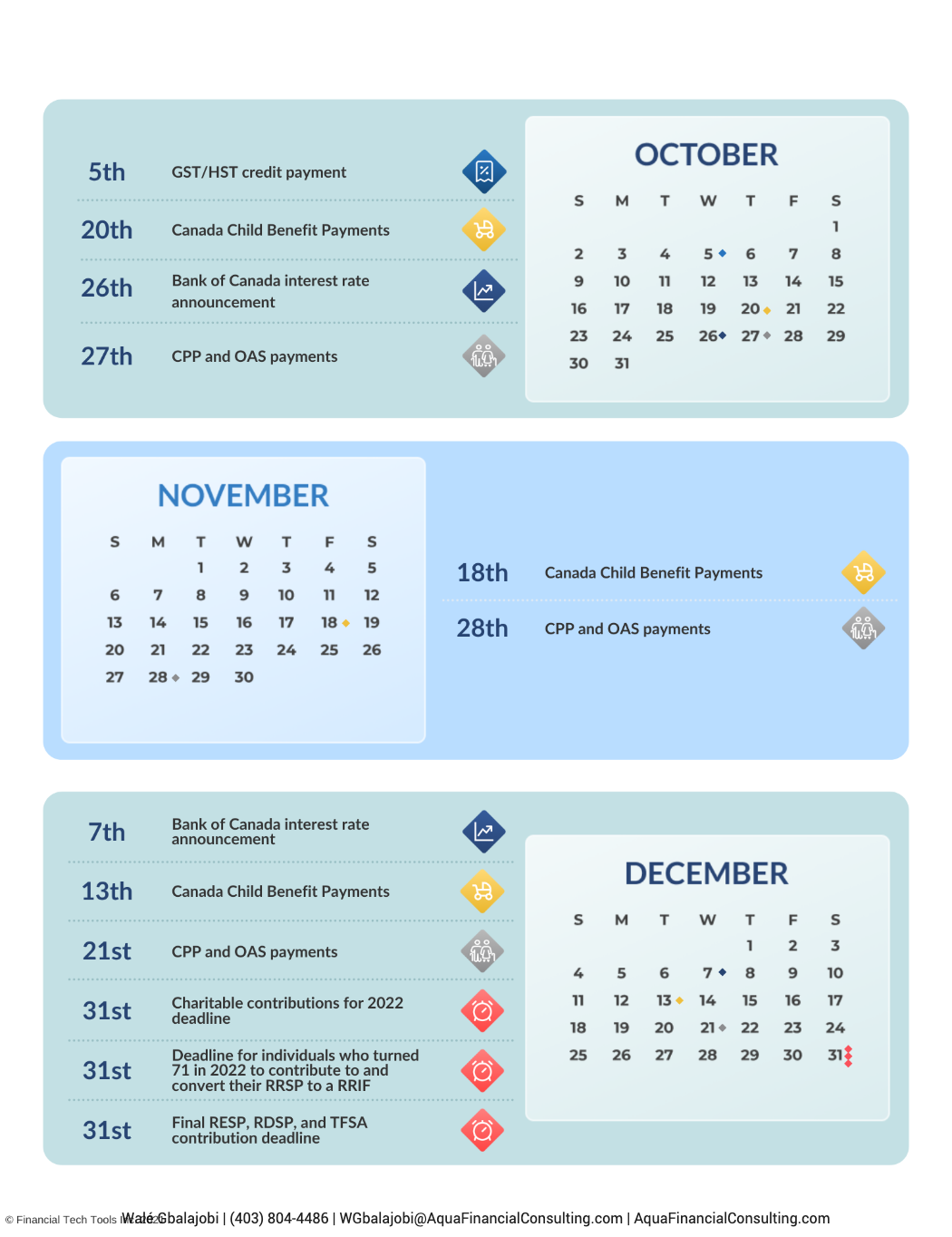Why Insurance Is So Important If You’re A Single Parent
Why Insurance Is So Important If You’re A Single Parent
Your kids mean everything to you – and you want to make sure they’re protected no matter what. As a single parent, you must have the right health and life insurance options in place to make that happen. We recommend you consider all of the following types of insurance:
-
Disability insurance
-
Critical illness insurance
-
Accident insurance
-
Life insurance
Disability insurance
Disability insurance can provide you with an income if you become disabled and cannot work – whether it’s for a short period of time or a long one.
Most workplaces offer disability coverage, but it’s tied to that particular job, so you’ll lose coverage if you leave that job. As well, the coverage from your employer’s plan may not be sufficient to cover your needs if you become disabled.
It’s particularly important for you to look into disability insurance if you work as a contractor or have a job with no benefits.
Critical illness insurance
Critical illness insurance can help you pay for the costs associated with various serious medical issues (such as a heart attack, cancer, or a stroke) that aren’t covered by any other health plans or disability insurance. As a single parent, you may find the payout from a critical illness insurance policy especially helpful for paying for extra childcare or lost income if you cannot work.
Accident insurance
Life is getting busier than ever – and there are more and more of us on the roads. Unfortunately, more people on the roads mean more accidents. If you buy accident insurance for yourself or your children, the payout from the policy can bring in some extra income at a critical time of need if any of you are in an accident. You can use an accident insurance payout to help pay for anything from lost income to private home care.
Life insurance
Life insurance is critical as a single parent as your children are dependent on your income. Generally, we suggest that you get a policy that is worth at least 10 times your annual income, but you may need more if you have a lot of debt or you need the money to last a long time.
Your children should be the beneficiaries of your policy and you can name a trustee (such as a grandparent or other relative) to look after the money on your children’s behalf until they reach a specified age.
We can help!
If you have questions about what kind of insurance is best for you, we’re happy to answer them! We’ll walk you through all your options and put together an insurance package that’s just right for you. Call us today!



